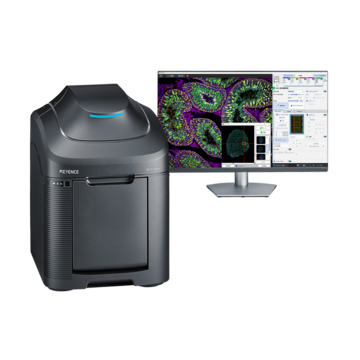Fluorescence Microscopes
Well plate observation using a large stage
Multi-well plates have become widespread in contemporary biology as a tool that allows for data acquisition from multiple samples under the same conditions. Multi-well plates are indispensable sample holders when trying to increase the number of experiments that can be performed so as to obtain data with higher reliability.
However, as the well plate size increases, it takes more time to search for the location to observe.
Image stitching
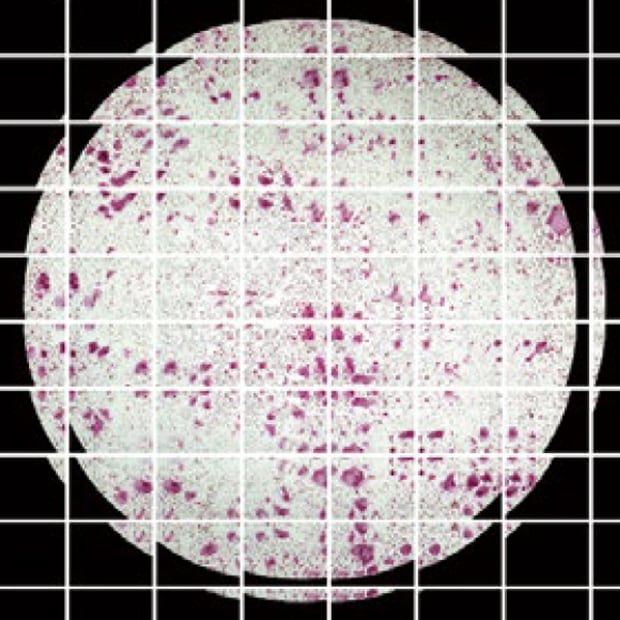
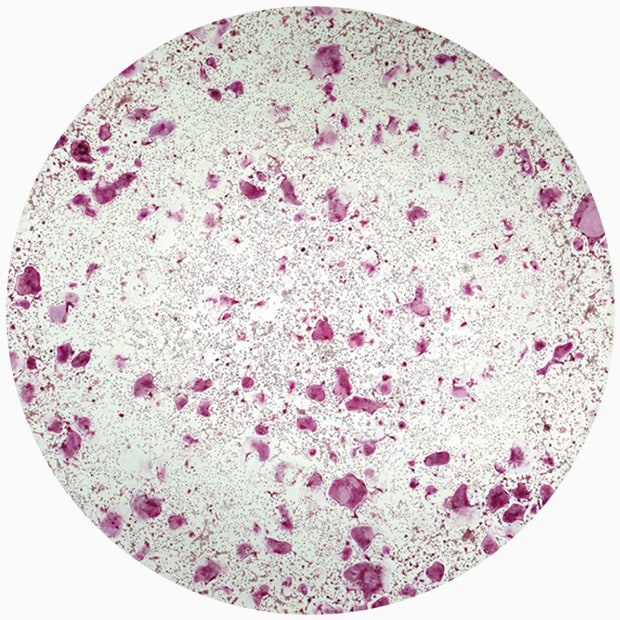
Objective lens: CFI Plan Apo λ 10x
Image stitching: 7 images × 10 images
Automatic scanning
Performing registration on the stage view enables automatic image capturing
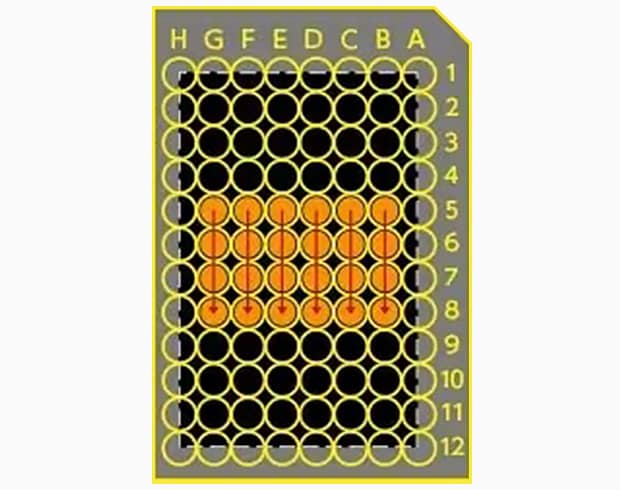
Stage view
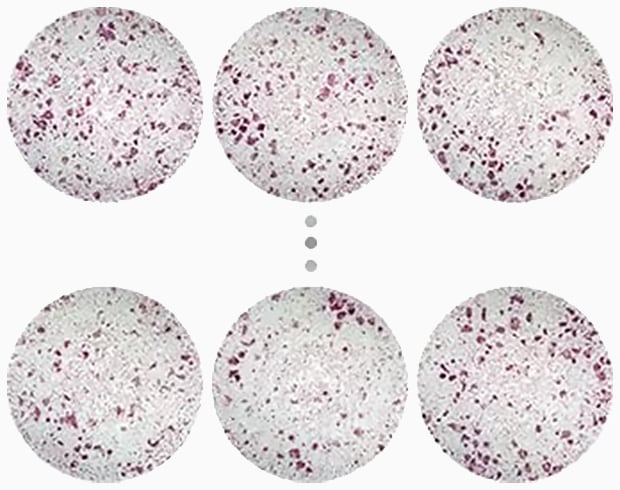
Using the All-in-One Fluorescence Microscope BZ-X
- The large motorized stage can be used to observe an entire well plate.
- The stage is navigated instantly to the area of interest simply by clicking a well to be observed on the stage view.
- When a slice of the target is too large to fall within a single field of view, images are captured while moving the stage and a high-resolution image can be created by stitching these images.
- Automatic scanning is possible by registering the area on the stage.


